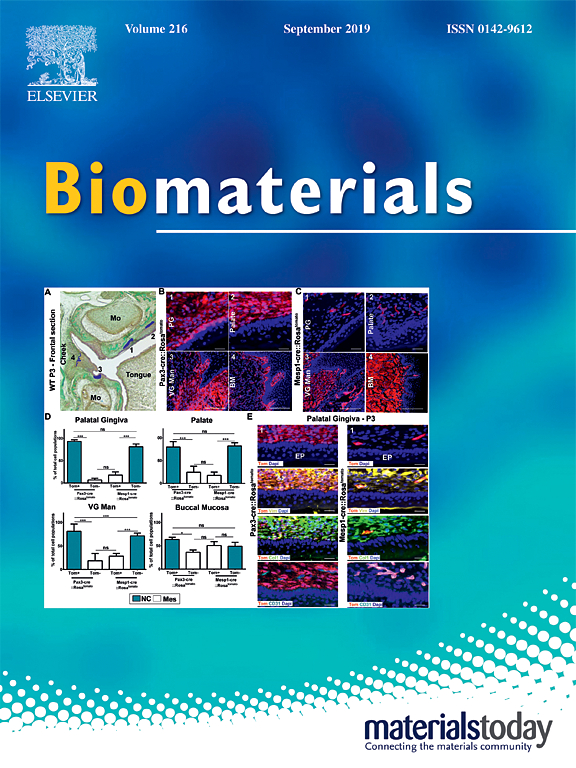Mitigation of monocyte driven thrombosis on cobalt chrome surfaces in contact with whole blood by thin film polar/hydrophobic/ionic polyurethane coatings
Gossart A, Letourneur D, Gand A, Regnault V, Ben Mlouka MA, Cosette P, Pauthe E, Ollivier V, Santerre JP
2019 • Biomaterials • [pdf]

Monocytes are active at the crossroads between inflammation and coagulation processes since they can secrete pro-inflammatory cytokines and express tissue factor (TF), a major initiator of coagulation. Cobalt-chrome (CoCr), a metal alloy, used as a biomaterial for vascular stents, has been shown to be potentially pro-thrombotic and pro-inflammatory. Research work with a polymer from a family of degradable-polar hydrophobic ionic polyurethanes (D-PHI), called HHHI, has been shown to exhibit anti-inflammatory responses from human monocytes. We have generated multifunctional polyurethane thin films (MPTF) based on the HHHI chemistry, as a thin coating for CoCr and have evaluated the reactivity of blood with MPTF-coated CoCr. The results showed that the coating of CoCr with MPTF derived from HHHI prevents thrombin generation, reduces coagulation activation, and suppresses fibrin formation in whole blood. Activation of monocytes was also suppressed at the surface of MPTF-coated CoCr and specifically the decrease in thrombin generation was accompanied by a significant decrease in TF and pro-inflammatory cytokine levels. Mass spectroscopy of the adsorbed proteins showed lower levels of fibrinogen, fibronectin and complement C3, C4, and C8 when compared to CoCr. We can conclude that MPTFs reduce the pro-thrombotic and pro-inflammatory phenotype of monocytes and macrophages on CoCr, and prevent clotting in whole blood.

